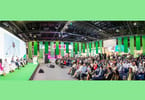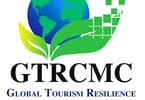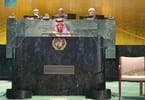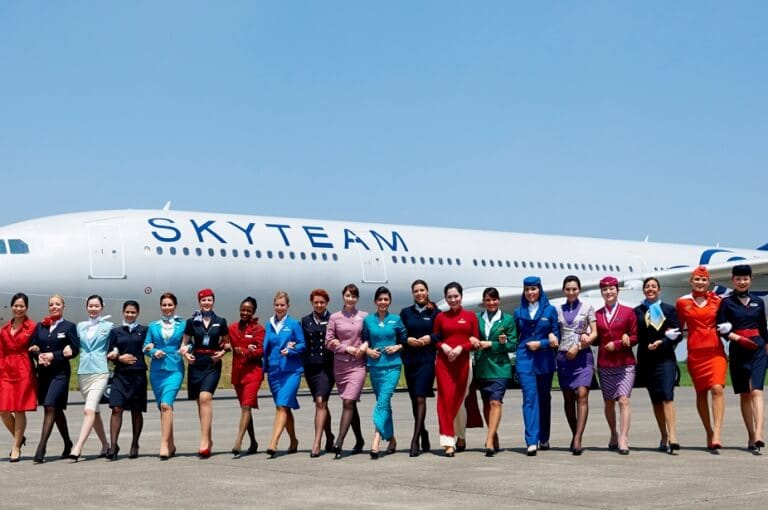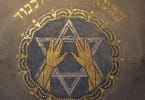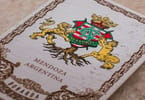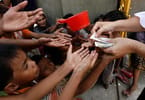A major exhibition of Victorian photography is drawing large crowds at the National Portrait Gallery in London. Victorian Giants: The Birth of Art Photography is the first to examine the relationship between four ground-breaking artists. Drawn from public and private collections around the world, it features some of the most breathtaking images in photographic history, including many that have not been seen in Britain since they were made.
The Duchess of Cambridge, who has been Patron of the National Portrait Gallery since 2012, selected seven images from the exhibition for which she has written personal captions displayed alongside the photographs. The Duchess, an enthusiastic amateur photographer, has also written a foreword to the exhibition catalogue in which she discusses her interest in nineteenth-century photography, the subject of her undergraduate thesis while an art history student at the University of St. Andrews. She also explains that photographs of children, which feature predominantly within the exhibition, are of particular interest to her.
The exhibition taps into a long tradition of support for photography from the British Royal Family. The Duchess points out that Queen Victoria and especially Prince Albert, became enthusiastic patrons of the new art form following its invention in 1839. One of the exhibition’s four featured photography pioneers, Oscar Rejlander, undertook commissions for the Royal Family, and works by him have been borrowed for the exhibition from the Royal Collection at Windsor.
Victorian Giants: The Birth of Art Photography brings together for the first-time portraits by Oscar Rejlander (1813–75), Lewis Carroll (1832–98), Julia Margaret Cameron (1815–79), and Lady Clementina Hawarden (1822-65). The four created an unlikely alliance. Rejlander was a Swedish émigré with a mysterious past; Cameron was a middle-aged expatriate from colonial Ceylon (now Sri Lanka); Carroll was an Oxford academic and writer of fantasy literature; and Lady Clementina was a member of the landed gentry, the child of a Scottish naval hero and a Spanish beauty, 26 years younger. Yet, all three briefly studied under Rejlander, and maintained lasting associations, exchanging ideas about portraiture and narrative. Influenced by historical painting and frequently associated with the Pre-Raphaelite brotherhood, they formed a bridge between the art of the past and the art of the future, standing as true giants in Victorian photography. Their radical attitudes towards photography have informed artistic practice ever since.
Lewis Carroll’s photographs of Alice Liddell, his muse for Alice in Wonderland, are among the highlights of the National Portrait Gallery’s Collection. Less well known are the photographs made of Alice years later, showing her as an adult. The exhibition brings together these works for the first time.
Visitors can see how each photographer approached the same subject; both Cameron and Rejlander photographed the poet Alfred, Lord Tennyson, and the scientist Charles Darwin, and Carroll and Cameron photographed the actress, Ellen Terry. The exhibition also includes the famous studies of human emotion that Rejlander made for Darwin, on loan from the Darwin Archive at Cambridge University Library. The exhibition includes portraits of other sitters, who would have been the “celebrities” of today such as Dante Gabriel Rossetti and Thomas Carlyle.
Dr. Nicholas Cullinan, Director, National Portrait Gallery, London, says: “The National Portrait Gallery has one of the finest holdings of Victorian photographs in the world. We are delighted that our Patron, HRH The Duchess of Cambridge, has supported this exhibition in such a direct and personal manner, given her longstanding interest in this material. As always, it is privilege to collaborate with her. As well as some of the Gallery’s rarely seen treasures, such as the original negative of one of Lewis Carroll’s portraits of Alice Liddell and images of Alice and her siblings being displayed for the first time, this exhibition is a rare opportunity to see the works of all four of these highly innovative and influential artists.”
Phillip Prodger, Head of Photographs, National Portrait Gallery, London, and curator of Victorian Giants: The Birth of Art Photography, says: “When people think of Victorian photography, they sometimes think of stiff, fusty portraits of women in crinoline dresses, and men in bowler hats. Victorian Giants is anything but. Here visitors can see the birth of an idea – raw, edgy, experimental – the Victorian avant-garde, not just in photography, but in art writ large. The works of Cameron, Carroll, Hawarden, and Rejlander forever changed thinking about photography and its expressive power. These are pictures that inspire and delight. And this is a show that lays bare the unrivaled creative energy and optimism that came with the birth of new ways of seeing.”
It was not until the 1850s that the idea of art photography began to take hold. Although the four artists featured in the exhibition knew each other, each chose a distinctive way of developing pictures presenting a multi-faceted view of photography. They were playing around in uncharted territory. The exhibition also shows us the technical hurdles they had to overcome. Today, when one can take photographs on mobile phones and other devices, edit and distribute them around the world in seconds, it is easy to forget that photography in the Victorian era was a slow and cumbersome process. The National Portrait Gallery is to be commended for drawing attention to the skill, dedication, and creative energy of the pioneers who elevated photography to an art form.
VICTORIAN GIANTS: THE BIRTH OF ART PHOTOGRAPHY
March 1, 2018 to May 20, 2018, National Portrait Gallery, London





